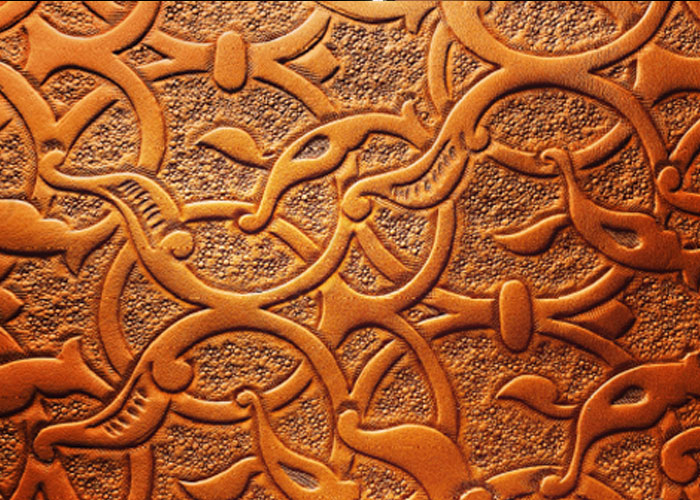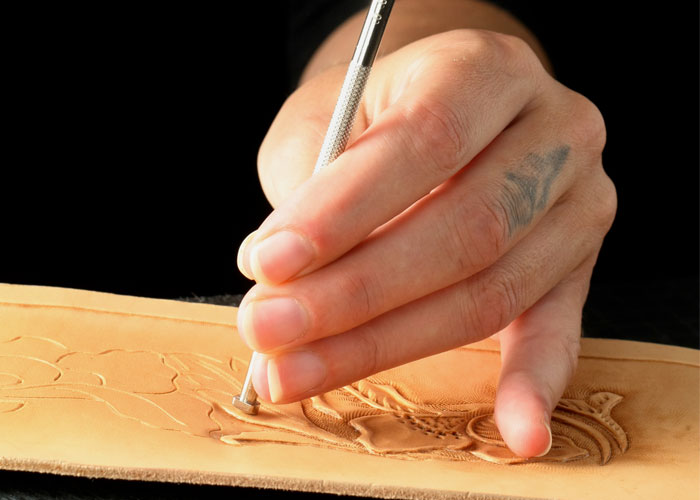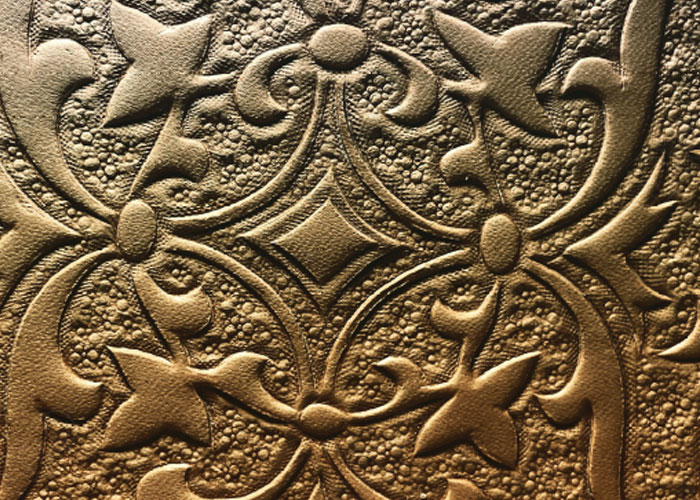
ART OF LEATHER CARVING
Leather crafting is one of the oldest traditional crafts, in particular the art of leather carving. Whilst the term “leather crafting” can be used to describe the entire gambit of constructing goods from leather, leather carving describes the specific art of giving a three-dimensional appearance to leather craft objects or works of art by cutting and stamping the surface. The first use of hand carved leather is lost in history, but preserved leather items have been unearthed from 3,000-year-old Egyptian tombs and Roman burial sites. Hand tooled leather has been highly valued in most early civilizations.
LEATHER CRAFTING IS ONE OF
the oldest traditional crafts, in particular the art of leather carving. Whilst the term “leather crafting” can be used to describe the entire gambit of constructing goods from leather, leather carving describes the specific art of giving a three-dimensional appearance to leather craft objects or works of art by cutting and stamping the surface. The first use of hand carved leather is lost in history, but preserved leather items have been unearthed from 3,000-year-old Egyptian tombs and Roman burial sites. Hand tooled leather has been highly valued in most early civilizations.


LEATHER CRAFTING EXPERIENCED
a surge in popularity in the 1800s when leather tooling became popular among cowboys and ranchers of the “Wild West”. Elaborately tooled saddles helped express status and wealth as well as identifying individual possessions among cowboys with no horses of their own.
Leather of Western saddles, belts or bags is more frequently carved. The technique was at a high point in Europe during the Middle Ages. Nowadays, this elaborate leather work has become less prevalent. For Germany, it is estimated that less than ten percent of all saddlers are able to do such work. In the USA, carving leather is more common.

